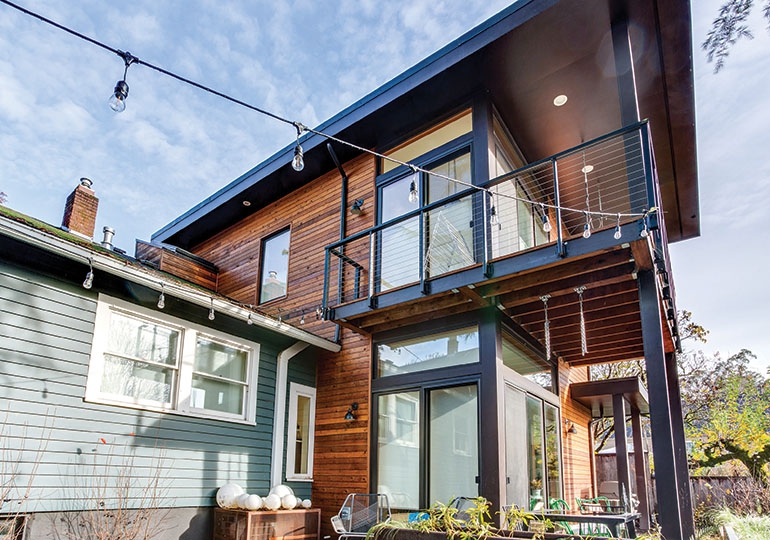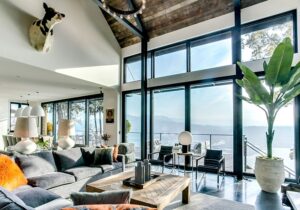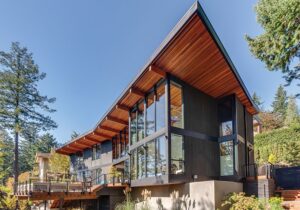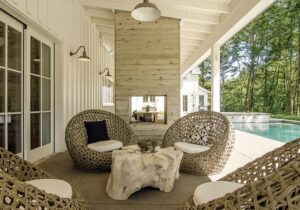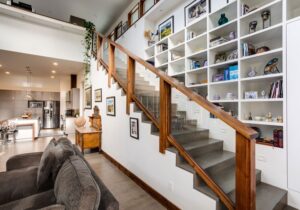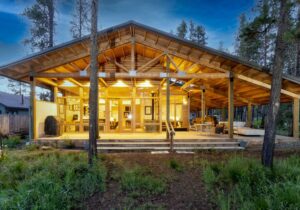Staying put is sometimes the best option for homeowners. A Portland couple with a growing family found their 1,300-square-foot, 1925 bungalow just a bit too small. Rather than leave the neighborhood they loved, they found a partner in Sean Barnett, AIA, of Polymath Studio Architecture, who with the help of Right Arm Construction was able to maintain the home’s original charm while nearly doubling the space with a modern addition.
“The couple didn’t want the addition to alter the home’s 1920’s historical character,” Barnett said. Rather than matching the aesthetic of the older home, Barnett’s team and the owners were interested in a design that would both differentiate itself from and be sympathetic to the existing house. Giving the 800-square-foot addition its own identity was a more interesting challenge than simply matching everything to the existing house. “Now we have an interesting mix of old meets new, and they got to stay where they wanted to be.”
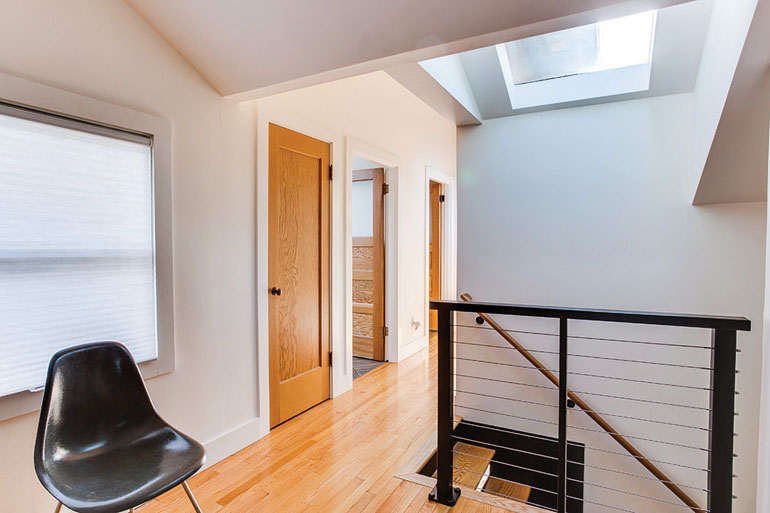
“We took a lot of care to have it make sense in relation to the original,” Barnett said. To create a strong visual connection, Barnett carefully studied the dimensions of the roof overhangs on the existing house and its window placements and proportions. Cues to the original house include reusing interior doors and other vintage touches. And looking into the future, the addition was designed to support a living roof.
The first floor of the addition includes a family room, storage space and a bike storage/workshop room for the avid bike commuters. Stairs lead up to a new master suite, laundry room, bedroom and generous bathroom. Moving the master suite to the addition allowed the couple to open up the rooms in the original part of the house for craft and guest space.
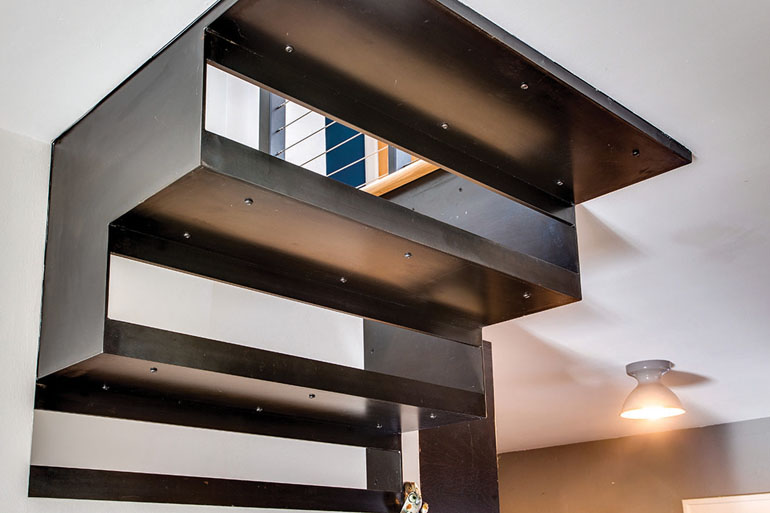
Ceilings on the second floor are 10 feet tall, and a chimney-like element was added at the top of the stairs to get enough head height.
“It’s not particularly tall at 8 feet, but it feels really tall since it’s almost all skylight,” he said. “Now it’s all about bringing in light and encouraging views to the backyard.”
The master suite has a deck overlooking the serene backyard, which includes a giant old fir tree. Capturing those views was an integral part of the design.
“We wanted to bias the addition towards the backyard and to make it feel seamless,” Barnett said. “It has an up-in-the-trees, treehouse kind of vibe.”
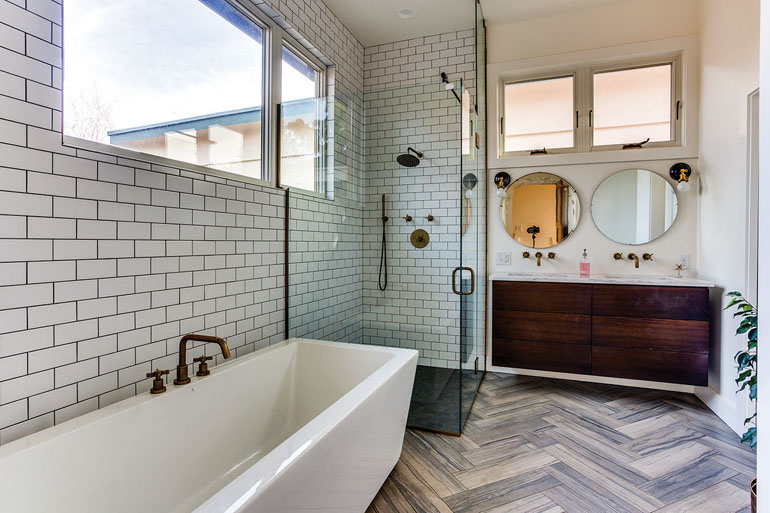
Siding of naturally finished Western red cedar with a nice texture accentuates the addition’s treehouse feel. One interesting challenge involved the steps leading up to the second floor, which needed to be rebuilt to be less steep. The location of the stairs couldn’t be moved because it would have compromised hallways on either side, and code requirements meant that they needed to find a way to essentially fabricate a zero-thickness stair.
“Stairs are usually more like a foot thick, but that would have broken our circulation,” Barnett said. “So we devised stairs made from a steel plate with an open back. This lets light through and feels more organic.”
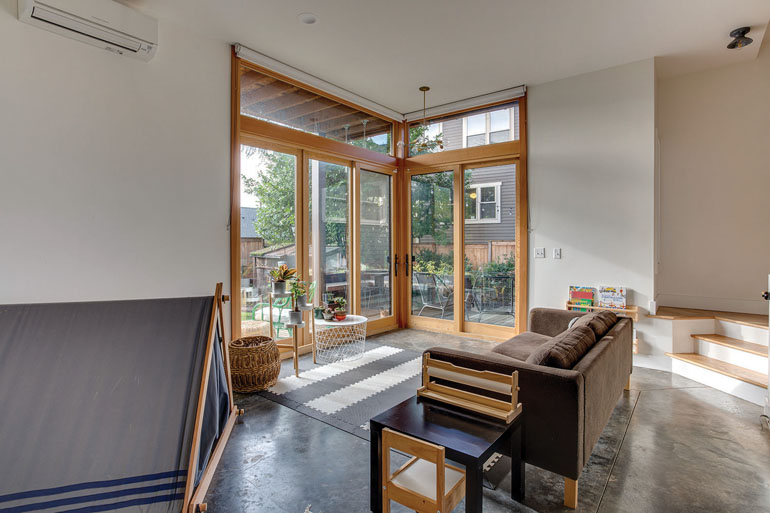
Barnett and his team enjoy taking on projects that other architects might feel are too complicated.
“We like the hard design problems, the ones that push the limits of our creativity and problem solving,” Barnett said. “We love the practice of architecture because it is a confluence of so many disciplines — art, science, nature, culture.”
For more information, visit: polymathstudio.com



